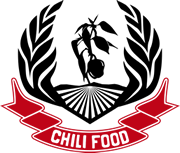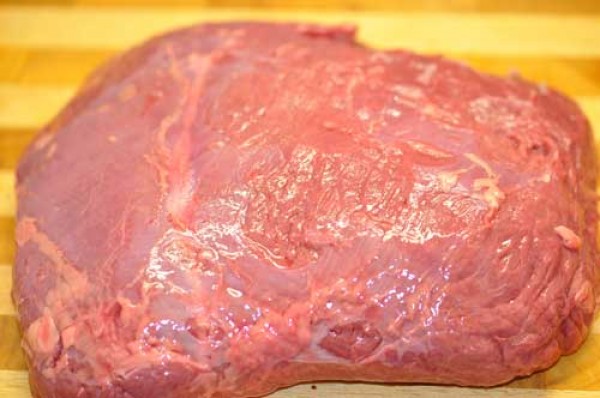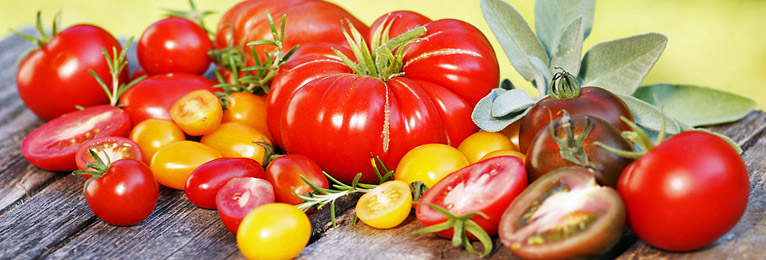Traditional South African style Biltong (dried meat)
Traditional South African style Biltong (dried meat)
Recipe for original South African Biltong (dried meat), dried in your own homemade Biltong box
If you have had the pleasure of trying Biltong (dried meat) on a journey through South Africa or Namibia, you will know just how tasty this delicacy is. Biltong is traditionally made from lean beef or game meat (Kudu, Springbok). Then only salt, spices and vinegar are used - no preservatives. The word Biltong comes from the Dutch Bil (=buttock of an animal) and Tong (=tongue). In South Africa and Namibia, Biltong is hung outside to dry. Since we do not have such a dry climate in Europe, we do not recommend this drying method. However, with few tools you can build your own Biltong box (drying cabinet) and make your own Biltong within a few days.
You can find building instructions with pictures here: Biltong box
Choosing your meat: In South Africa, in addition to beef, wild game is used for making Biltong. This can be, for example, Kudu, Springbok or Ostrich. In our part of the world we recommend beef, but venison is also possible. The main criteria to take into account when choosing your meat are the quality and the right piece. For our experiment we used easy to hang rump steak. The meat was tender and also tasted great as steak. However, the criteria for selecting the correct Biltong meat are simple: lean, easy to hang and tender. You don`t necessarily have to use high quality rump steak. The topside of a beef joint or the faux-filet can also taste very good, depending on the meat quality.
Basic recipe for original South African Biltong (dried meat)
Ingredients:
- 3 kg lean easy to hang beef
- Salt
- Black pepper from the mill
- Coriander seeds
- Sugar
- Fresh garlic
- Vinegar (malt vinegar or white wine vinegar)
- Sausage string
Spice mix for 1 kg Meat: 30 g salt, 1 tbsp. Coriander seeds, 1/3 tsp ground black pepper, 1/2 tsp sugar, 1 crushed clove of garlic und 50 ml vinegar
Step 1: Rinse the rump steak (3 kg) under cold water and remove any fat and sinews.
Step 2: Cut the meat with a sharp knife lengthwise across the fibre in 2 cm thick slices. Very thick slices can be cut again. The width of the pieces should be at least 5 cm.
Step 3: Lightly toast the coriander seeds in a pan. This enhances the flavour. Then roughly crush the coriander seeds in a mortar.
Step 4: The spice mix for 1 kg of meat consists of 30 g salt, 1 tbsp. coriander seeds, 1/3 tsp ground black pepper, 1/2 tsp sugar, 1 crushed garlic clove and 50 ml vinegar. Optionally, you can also add some chili, but you shouldn`t go overboard with it. We used very flavourful Peperoncino flakes which due to their flake form give a lot of flavour, but little spiciness.
Step 5: Pour the vinegar over the meat and mix everything well using your hands. Then sprinkle the spice mix over it and mix everything again. You can put the bowl covered with foil directly into the fridge or, as in our case, you can shrink-wrap it. The advantage of shrink-wrapping is that you can knead the meat in the bag several times. This ensures that the spice mix can penetrate deeply into the meat.
Step 6: After 24 hours, each piece of meat can be put onto skewers using a loop of sausage string.
Step 7: Now hang the marinated meat, evenly distributed, in the Biltong box. Close the front side flaps of the Biltong box and turn on the lamp.
After 3 days the thinner slices will be ready. After 4 days the thicker slices will also be ready. Whether you like your Biltong bone dry or slightly moistened is, of course, a matter of taste. It is best to keep the Biltong hanging up in a cold room. In our opinion, the Biltong is not suitable for the refrigerator. If the Biltong is kept hanging in a dry and well-ventilated place, it can be stored for several months. However, as the Biltong is so delicious, it is usually only kept for a short time.
Before eating, cut the Biltong with a sharp knife or bread cutter into small slices (1-2mm). In South Africa, Biltong is eaten like chips are here. Those who try Biltong will love it forever.
Manufacturer
Name: | Rezepte |
Address: |
Fast wie in Südafrika!
Wir haben das Rezept inkl. der Trockenbox nachgestellt und es trifft das Original fast komplett! Anstelle des Tafelessig haben wir mit Apfelessig gearbeitet was dem ganzen eine etwas frischere Note gibt. Von den Gewürzen her schmeckt es hervorragend - man fühlt sich zurück in Afrika!
Die Trockenbox funktioniert einwandfrei - waren zu beginn etwas skeptisch, aber das hat sich als unnötig herausgestellt. Einfaches, schnell gebautes Teil das voll und ganz seinen Zweck erfüllt!!
Haben uns jetzt aus Südafrika das Originalgewürz schicken lassen. Bin jetzt schon auf den Vergleich gespannt!
Versuchen
Das erste mal versuchen


































